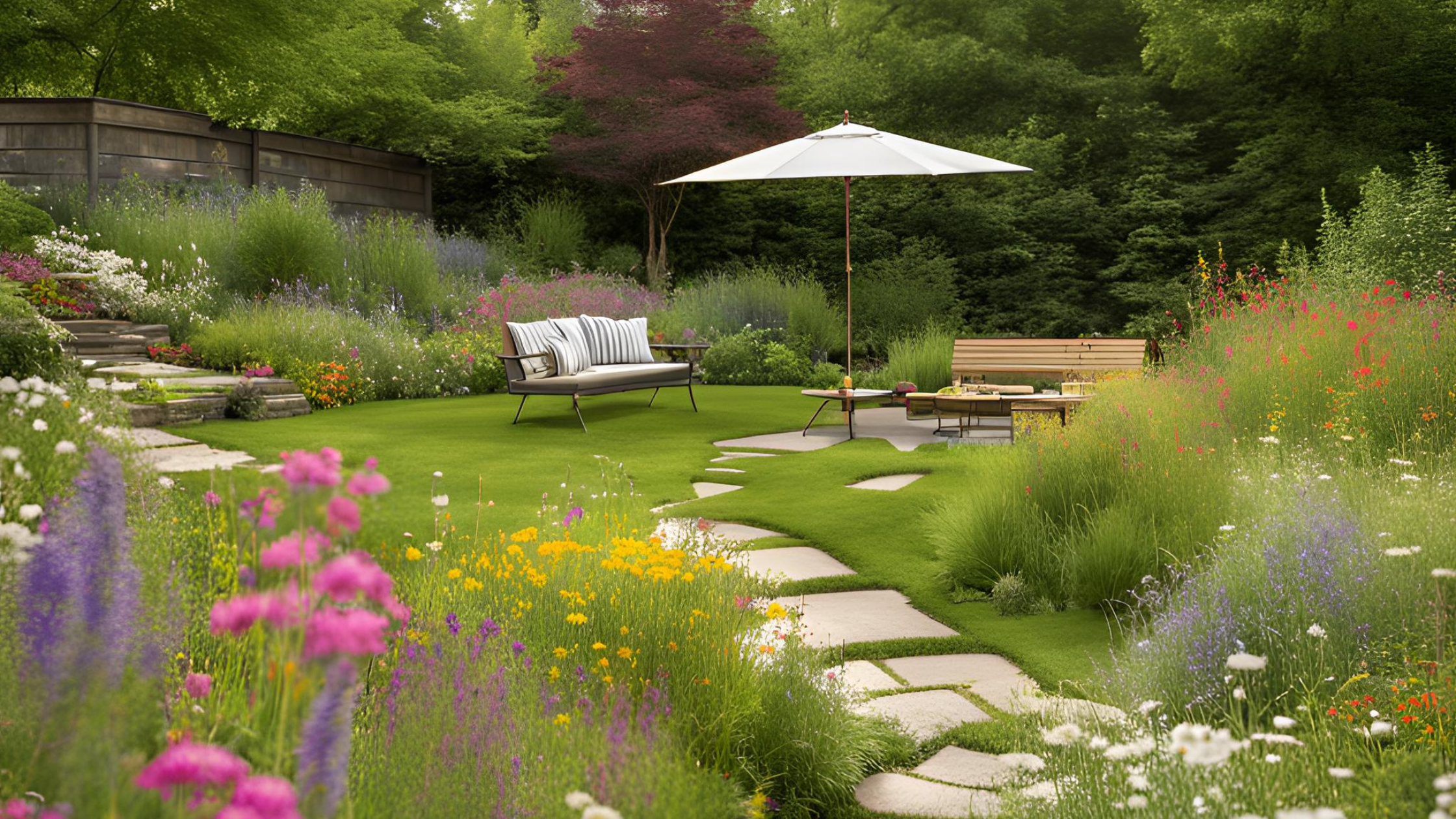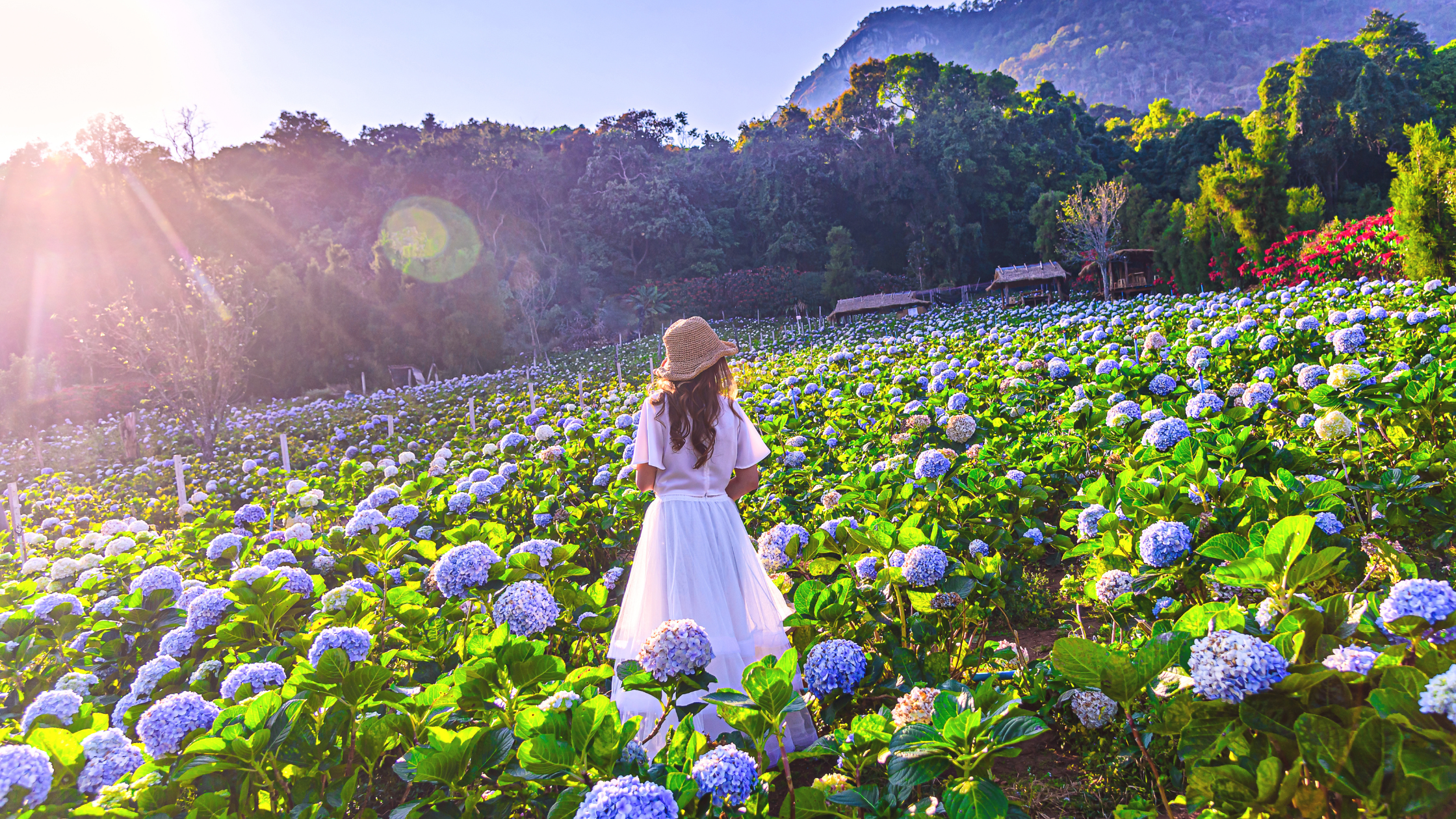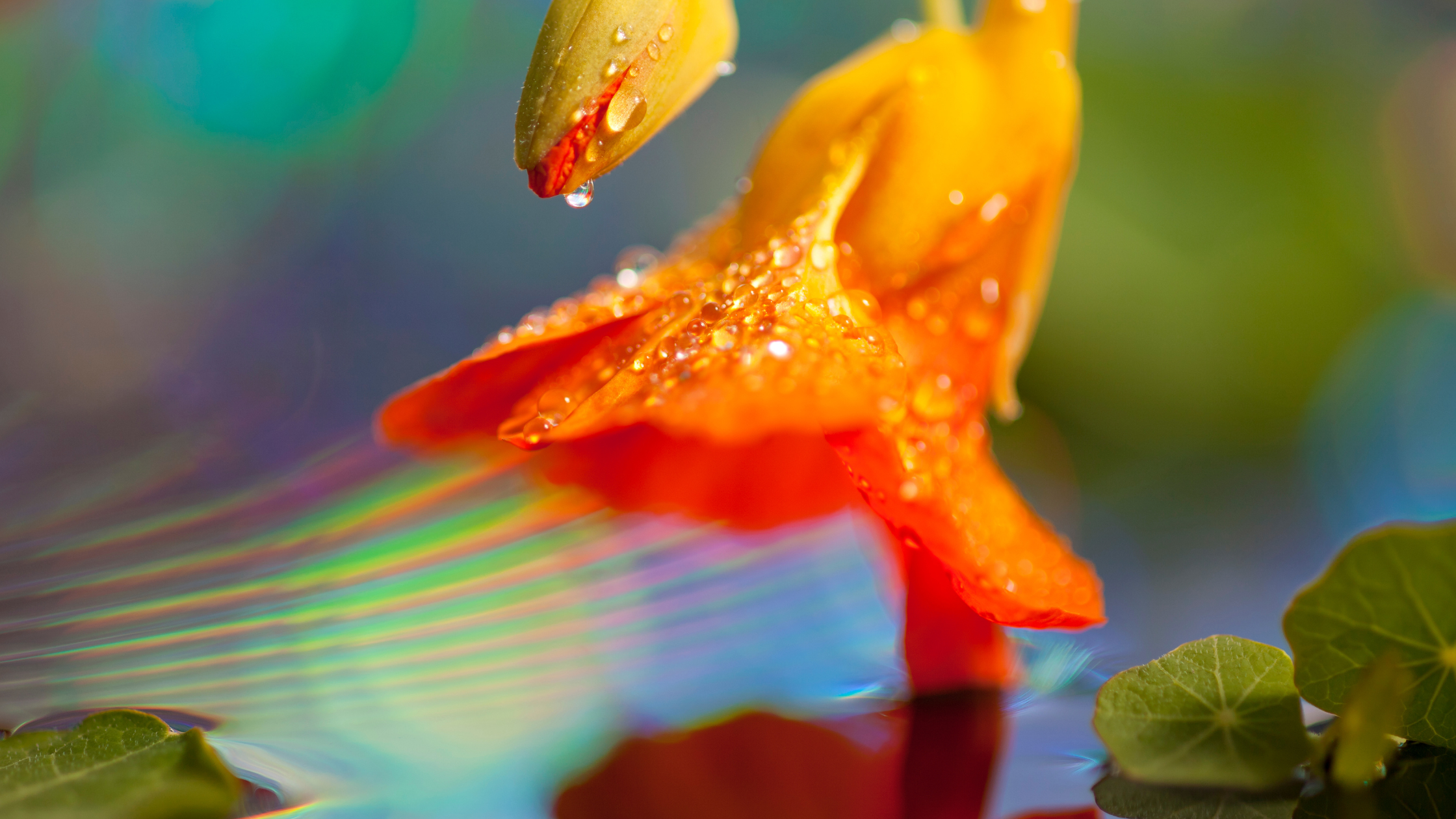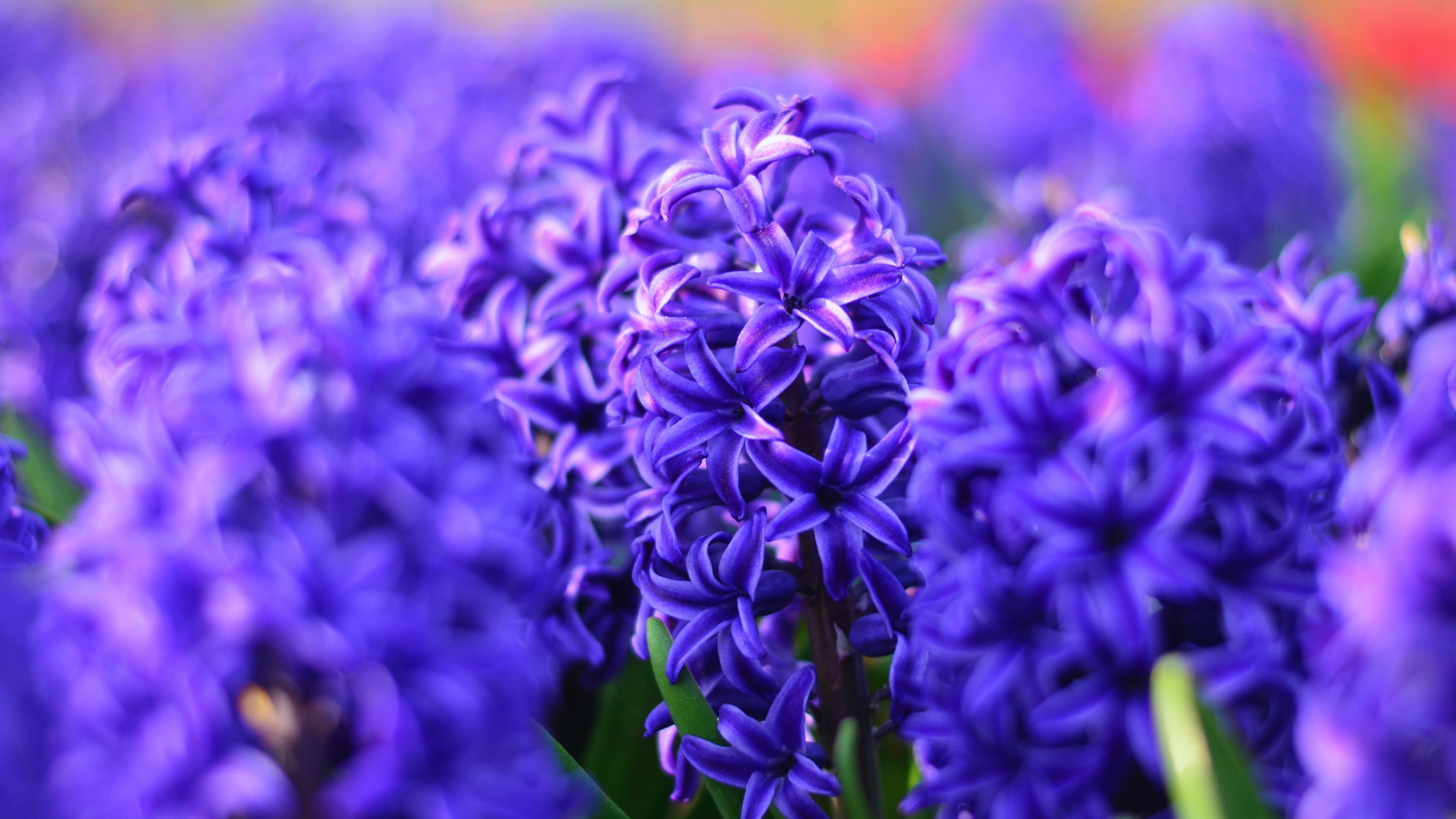Discover how to turn your traditional lawn into a vibrant, eco-friendly meadow. In recent years, a growing number of homeowners have been reimagining their traditional yards and transitioning from lawn to meadow. This trend isn’t just about aesthetics; it’s a shift towards sustainable landscaping practices that benefit both the environment and the homeowner. In this article, we’ll explore the why’s, how’s, and benefits of transforming your lawn into a thriving meadow.
Why transforming from lawn to meadow has become such a popular trend
Traditional lawns require extensive water, fertilizer, and maintenance to stay green and manicured. However, they offer little in terms of biodiversity and ecological value. Meadows require less water and maintenance than traditional lawns, reducing your environmental impact and saving you time and money in the long run. Meadows are a haven for pollinators, birds, and beneficial insects, while requiring minimal maintenance once established.
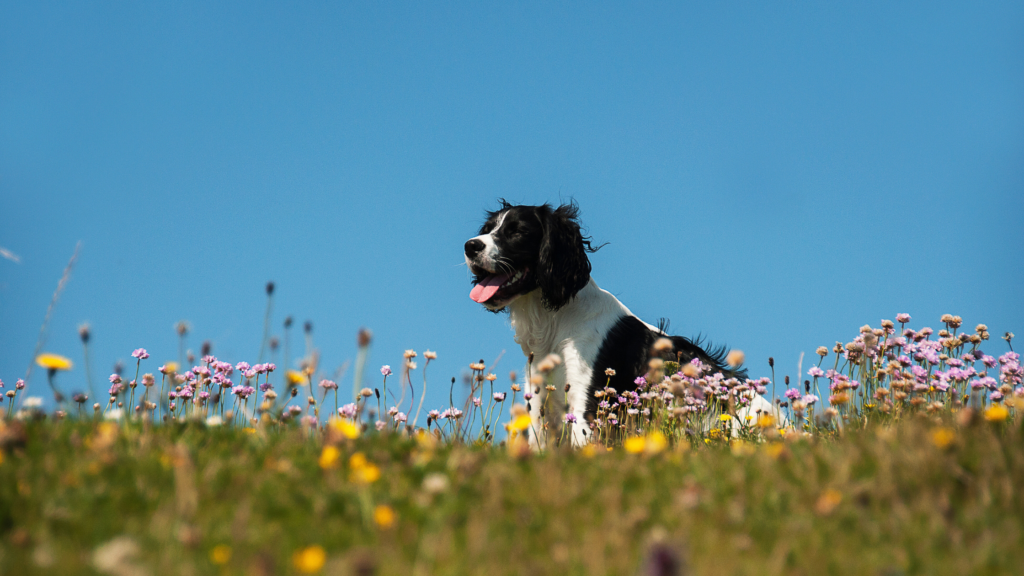
Types of plants that are best suited for creating a meadow
Native wildflowers and grasses are key components of a successful meadow garden. These plants are adapted to the local climate and soil conditions, making them resilient and low-maintenance.
Best Grasses and Wildflowers for Meadows:
1. Native Grasses:
- Little Bluestem (Schizachyrium scoparium)
- Switchgrass (Panicum virgatum)
- Big Bluestem (Andropogon gerardii)

These are well-adapted to the local environment and provide important habitat for wildlife.
2. Native Wildflowers:
- Black-Eyed Susans (Rudbeckia hirta)
- Purple Coneflowers (Echinacea purpurea)
- Butterfly Milkweed (Asclepias tuberosa)
- Lavender (Lavandula)
These attract pollinators and add color and diversity to the meadow.
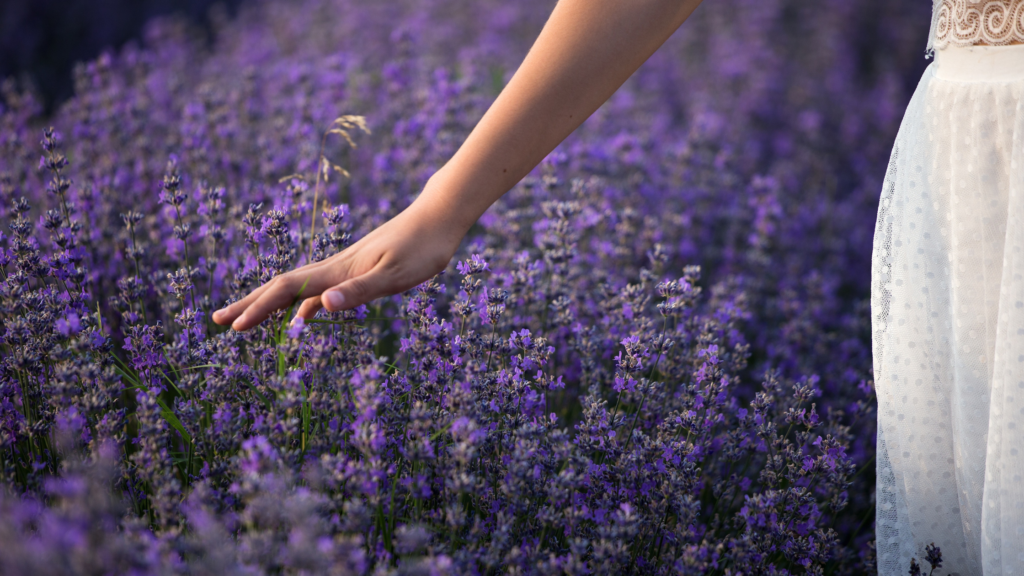
3. Legumes:
- White Clover (Trifolium repens)
- Red Clover (Trifolium pratense)
These will fix nitrogen in the soil and improve fertility, benefiting other plants in the meadow.
These are the most popular choices but allow yourself to explore all the wonderful options of wildflowers like:
- Bergamot (Monarda fistulosa)
- Cardinal Flower (Lobelia cardinalis)
- Oxeye Sunflower (Heliopsis helianthoides)
- Poppy Flower
Grasses and Wildflowers to Avoid:
1.Invasive Species:
- Reed Canary Grass (Phalaris arundinacea)
- Johnson Grass (Sorghum halepense)
- Japanese Stiltgrass (Microstegium vimineum)
Avoid planting these invasive species as they can outcompete native plants and disrupt the ecological balance of the meadow.
2. Aggressive Spreaders:
- Bermuda Grass (Cynodon dactylon)
- Quackgrass (Elymus repens)
- Purple Loosestrife (Lythrum salicaria)
Steer clear of aggressive spreading grasses and wildflowers which will quickly take over and dominate the meadow, crowding out other plants.
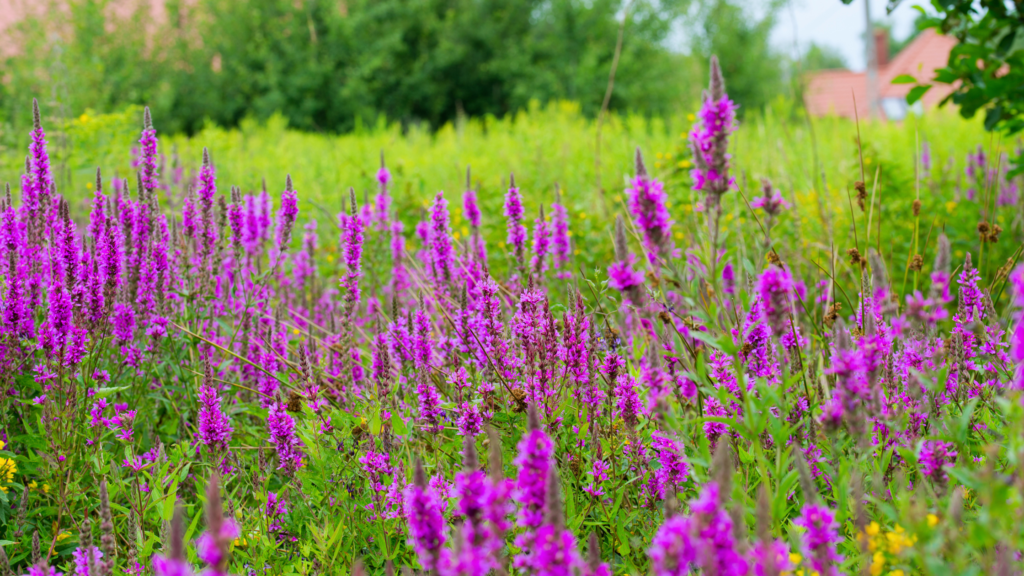
Maintenance:
- Weed Control: Monitor the meadow regularly for invasive weeds and remove them promptly to prevent them from spreading.
- Watering: Established meadows generally do not require supplemental watering, as they are adapted to the local climate. However, during periods of drought, watering may be necessary to help newly planted species establish.
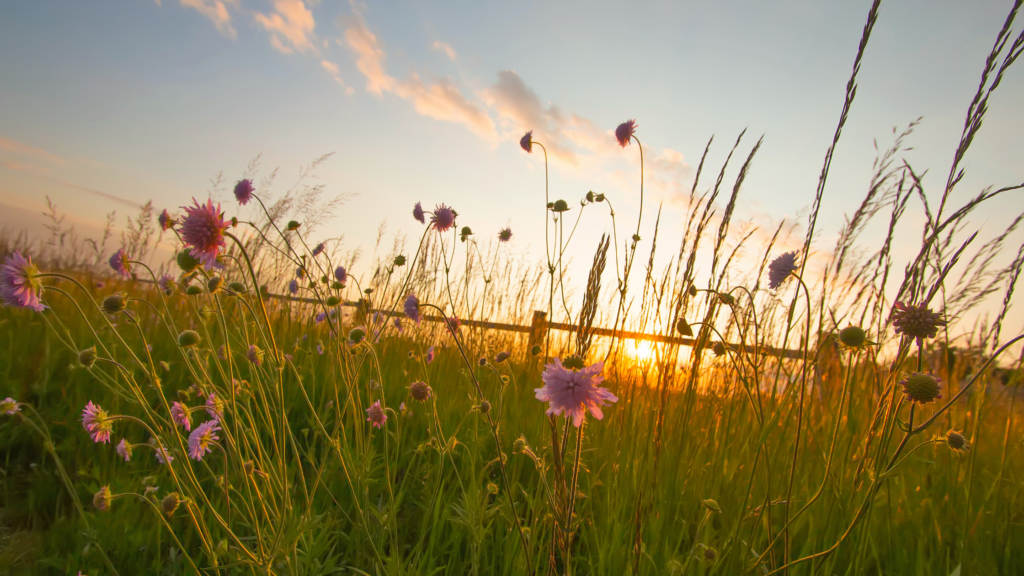
Annual vs. Perennial Meadows:
- Perennial Meadows: Perennial meadows consist of plants that return year after year from the same root system. They offer long-term stability and require less maintenance once established.
- Annual Meadows: Annual meadows are composed of plants that complete their life cycle within one growing season. While they can provide vibrant displays of color, they require more frequent replanting and maintenance compared to perennial meadows.
As for styles, there are several approaches to creating a meadow aesthetic. Some homeowners opt for a more naturalistic approach, allowing plants to grow freely and creating a wildflower meadow effect. Others prefer a more structured design, incorporating pathways, seating areas, and focal points within the meadow. Regardless of the style, the key is to strike a balance between ecological function and aesthetic appeal, creating a space that’s both beautiful and biodiverse.
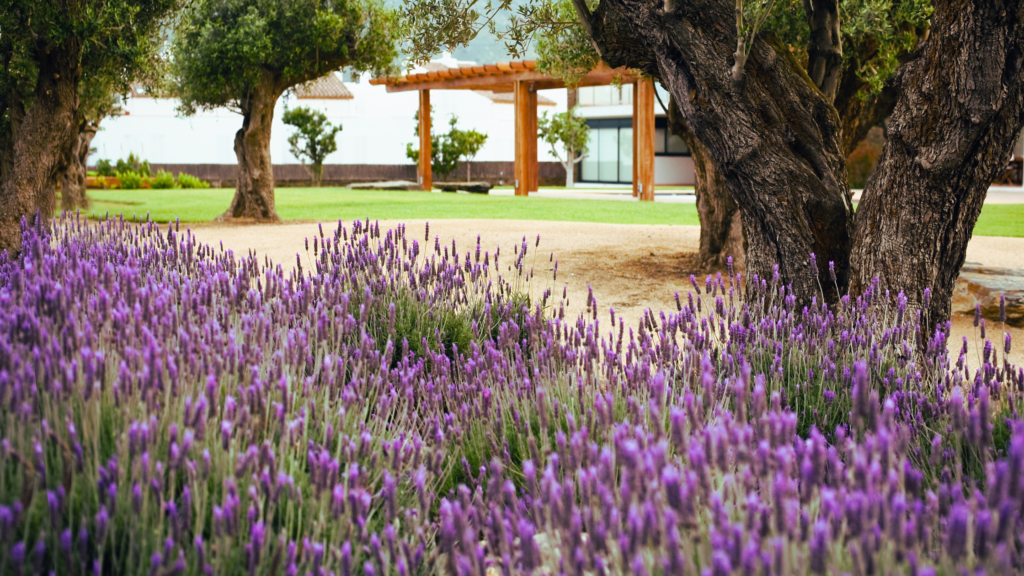
Our blogs: A Beginner’s Guide to Chaos Gardening and Embracing Native Plants may be a great resources to check out for more ideas and inspiration.
Remember gardening is supposed to be a fun and creative adventure, so enjoy the process over anything else x
Sources:
- “Creating a Wildflower Meadow” by Royal Horticultural Society,
- “Benefits of Native Plants” by National Wildlife Federation,
- “The Meadow Garden: Making Meadows, Wildflower Meadows & Grassland Gardens” by Timber Press
